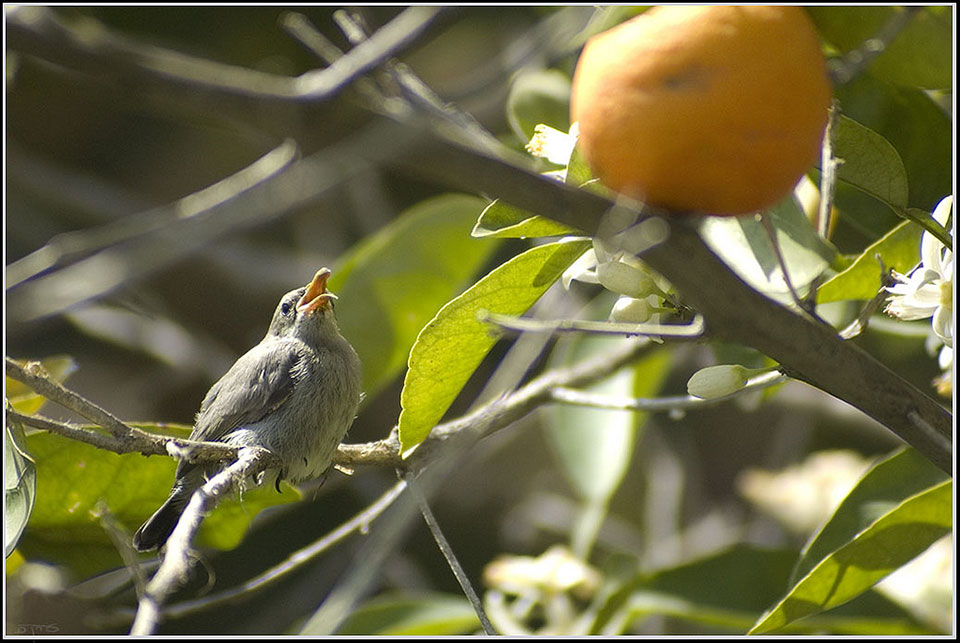Under the Orange Trees of Gaza

 Jeff Talarigo’s third book, In the Cemetery of the Orange Trees (Etruscan Press, 2018), offers a compelling assessment of the collective psychological state of occupied Gaza. While some critics may question the legitimacy of Talarigo’s agency in telling stories from the Gaza Strip, Talarigo is the first to note that the stories he shares are not his own. As a result of living in Gaza and bearing witness firsthand, Talarigo serves as a voice for the voiceless—a witness—a literary intermediary force able to transcend cultural boundaries in such a way that showcases the humanity of both the occupier and the occupied. Talarigo’s overarching aim is to humanize the internal struggle and attempted reconciliation derived from being a prisoner in one’s homeland as well as the resulting effects on the surrounding area’s people, animals, and landscape. To accomplish this, Talarigo highlights the mental state of Gaza through the lens of magical realism by way of location-specific although highly accessible allegories. If you have any interest in Gaza or the Middle East, appreciate beautifully written prose that could double as poetry, or enjoy rich allegories that will move you, this is a book for you—there is something for everyone.
Jeff Talarigo’s third book, In the Cemetery of the Orange Trees (Etruscan Press, 2018), offers a compelling assessment of the collective psychological state of occupied Gaza. While some critics may question the legitimacy of Talarigo’s agency in telling stories from the Gaza Strip, Talarigo is the first to note that the stories he shares are not his own. As a result of living in Gaza and bearing witness firsthand, Talarigo serves as a voice for the voiceless—a witness—a literary intermediary force able to transcend cultural boundaries in such a way that showcases the humanity of both the occupier and the occupied. Talarigo’s overarching aim is to humanize the internal struggle and attempted reconciliation derived from being a prisoner in one’s homeland as well as the resulting effects on the surrounding area’s people, animals, and landscape. To accomplish this, Talarigo highlights the mental state of Gaza through the lens of magical realism by way of location-specific although highly accessible allegories. If you have any interest in Gaza or the Middle East, appreciate beautifully written prose that could double as poetry, or enjoy rich allegories that will move you, this is a book for you—there is something for everyone.
In the Cemetery of the Orange Trees is a compilation of stories and allegories, each with its own purpose and rhetorical strategy. The narrative structure of the book is something of particular interest to me. Talarigo masterfully toys with perspective early and often in the book, as no consecutive chapters have the same narrator; however, there are a few recurring narrators within the chapters. While abruptly changing narrators is a risky narrative strategy, Talarigo makes relatively seamless transitions. Each narrator has a characteristic lucidity in their voice, allowing readers to identify the perspective through which the story is being told. Through the use of italics, Talarigo weaves himself into the very fabric of the book as one of the narrators, “The American,” cataloging his travels through the Gaza Strip in third-person narrative. By doing so, Talarigo inserts himself into the Gaza landscape and asserts his agency as a storyteller.
In perhaps the most interesting stylistic choice of the book, Talarigo writes often from the perspective of animals. The utilization of animals in the book is at once powerful and refreshing. While, initially, I thought the animals to be metaphorical representations of specific cultural values, it became apparent that the animals are unwilling captives to the land in the same way the people of the Gaza Strip are; thus, the animals serve more as extended representations of the occupied Gazans. Although talking animals would most certainly be jarring in reality, the animals act as semi-omniscient narrators who are knowledgeable about the long history of Gaza and the occupation. An implied parallel is drawn between the animals’ struggle for survival and the humans’ struggle for self-determination. Talarigo illustrates, through the animals, that the dynamic between the occupier and the occupied extends beyond humanity and spills into the surrounding landscape.
Talarigo illustrates, through the animals, that the dynamic between the occupier and the occupied extends beyond humanity and spills into the surrounding landscape.
The Gaza landscape acts as a character in itself. Readers are able to witness, within the allegories, the evolving changes to the landscape as a result of the occupation. The title of the book divulges just how important the landscape is to the story of Gaza. What Talarigo calls “the cemetery of the orange trees” was the site of where an orange grove stood before the occupation. The “cemetery” is a reminder to the occupied Gazans of their freedom and lives lost. Old men, still able to remember the area before the carnage of war and forcibly imposed curfews, meet where the orange grove once was to swap stories for cigarettes and briefly escape the reality of their current situation. Talarigo does well to establish the fact that while the people of Gaza may still live in the area, what was once their homeland does not belong to them.
The “cemetery” is a reminder to the occupied Gazans of their freedom and lives lost.
Talarigo’s bubbling poetic prose flows off the pages to paint a picture of Gaza unlike anything I have ever seen or read. The end result is a tantalizing hybrid of a book, part allegorical interpretation although containing aspects of memoir-like reflection. After reading In the Cemetery of the Orange Trees, I felt compelled to research the history of Gaza further than what I have seen on the news or on social media. Talarigo went to Gaza, lived there, immersed himself in the culture, and returned to the United States with a burning desire to share the humanizing stories of the people of Gaza. And for the world’s sake, I’m glad he did.
University of Oklahoma















